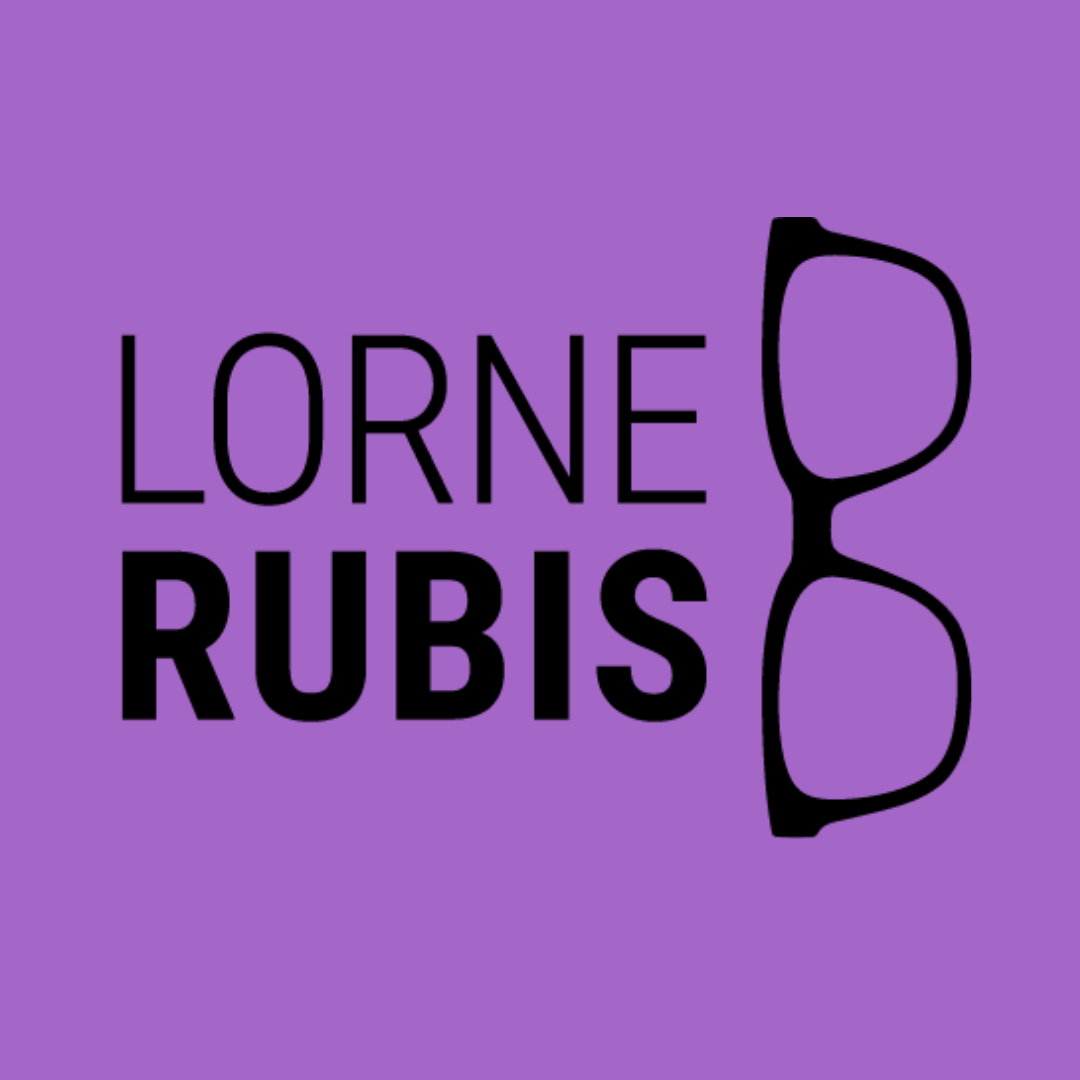From Tin Man to Octopus: Rewriting Your Organization's DNA
The authors of a recent HBR article, “Become an Octopus Organization,” use the metaphor of these amazing sea creatures to outline the organizational design we need more of to help navigate these chaotic and complex business environments. In my 10-element culture framework, which many of you are familiar with, “octopus behavior” has been the foundation of “peer-to-peer power” along with the other nine elements.
The Outdated Tin Man
Post-industrial designed companies, called “Tin Man Orgs” by authors Jana Werner and Phil Le-Brin because of their outdated command-and-control bias, were optimized for an era of mass production, adherence to process, and top-down planning.
The HBR article notes, “They struggle to cope with a complex world in which success depends on adapting and discovering—on building genuine, trust-based relationships with customers, employees, and their broader environment. Work today is less transactional and more relational. Customers have more choice, and so do employees. People don’t want to be managed; they want to be inspired. They don’t want to be told; they want to be heard.”
The Adaptive “Octopus” Alternative
The authors call for a fundamentally different paradigm: the Octopus Organization, “inspired by the remarkably adaptive, curious, and intelligent sea dweller. That animal, whose arms can think and act independently yet work in perfect concert, offers a model for building companies that can thrive in complexity and embrace continuous change. Octopus Orgs tap the intelligence of their people, integrating a range of efforts naturally and gracefully. They sense subtle signals, learning and shifting course at speed to navigate uncertainty.”
This Isn’t a Simple Makeover
The Octopus Organization can become just another trendy makeover of goofy management speak. Don’t be surprised if you start to hear phrases like “agile.” In many of these cases, leadership throws around the avant-garde like somehow mentioning it causes the organization to be fundamentally different and better. Of course, not much changes.
This idea is not a system tweak. It invites truly transformative adjustments to the DNA of an institution.
Werner and Le-Brin elaborate, “Rewriting the organization’s DNA. These are the most transformative interventions. They include changing the rules of the system (for example, shifting from bureaucratic approvals to principle-based decisions); resetting goals (by, say, optimizing for customer lifetime value instead of quarterly profit); and the most powerful lever of all: shifting the mental model from which the system arises (moving from a core belief in command and control to one of agency and trust, for example). These changes are inexpensive to introduce but can take time for people to internalize, requiring intensive communication and reinforcement through new incentives.”
The Leadership Challenge
My experience is that few organizations will have the courage to seriously embrace this DNA shift. Risk-averse CEOs are usually unprepared to do more than tinker with the org or apply the proverbial lipstick on a pig. Why put that big CEO exec comp package at risk?
However, there will be a few that will understand that a narrow efficiency drive just won’t prepare the company for the future. For those, exploring the possibilities of fundamentally shifting to an octopus organization might drive that value-driven adaptability that invites a new definition of thriving.
Think Big (like an Octopus), Start Small, Act Now,
Lorne
Garrett’s View: This further backs up my theory that if extra terrestrials exist, they aren’t in space, they’re underwater - with the octopus being the most obvious example. No wonder this concept is so alien to most organizations, however perhaps you can take the octopus theory to your leader.
AI Response: This transformative shift is not merely theoretical; it's a strategic imperative backed by data. While "Tin Man" command-and-control structures are crumbling under modern pressures, "Octopus" principles are proving their worth: according to McKinsey, organizations with high levels of autonomy and peer coordination are 5.3 times more likely to experience strong growth and 8.5 times more likely to achieve high innovation. Furthermore, Gallup research reveals that teams with high empowerment and trust generate 21% greater profitability, underscoring how decentralizing power and fostering relational trust—the core of the octopus model—directly fuels performance and resilience in a complex world.
Search Blog Posts:
Categories
Month
- December 2025
- November 2025
- October 2025
- September 2025
- August 2025
- July 2025
- June 2025
- May 2025
- April 2025
- March 2025
- February 2025
- January 2025
- December 2024
- November 2024
- October 2024
- September 2024
- August 2024
- July 2024
- June 2024
- May 2024
- April 2024
- March 2024
- February 2024
- January 2024
- December 2023
- November 2023
- October 2023
- September 2023
- August 2023
- July 2023
- June 2023
- May 2023
- April 2023
- March 2023
- February 2023
- January 2023
- December 2022
- November 2022
- October 2022
- September 2022
- August 2022
- July 2022
- June 2022
- May 2022
- April 2022
- March 2022
- February 2022
- January 2022
- December 2021
- November 2021
- October 2021
- September 2021
- August 2021
- July 2021
- June 2021
- May 2021
- April 2021
- March 2021
- February 2021
- January 2021
- December 2020
- November 2020
- October 2020
- September 2020
- August 2020
- July 2020
- June 2020
- May 2020
- April 2020
- March 2020
- February 2020
- January 2020
- December 2019
- November 2019
- October 2019
- September 2019

